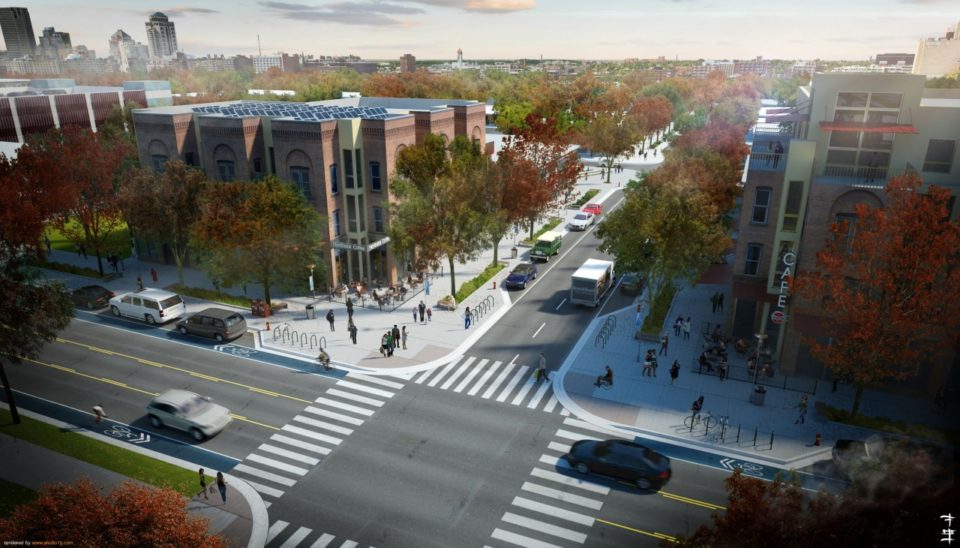Russell Halliday, programme delivery director and market leader – Urban Places at Stantec, looks at urban places as about place and, more importantly, about the people.
If you’re changing an environment for the community, it must start with that community. The voices within are sometimes colliding, disruptive and provocative but our job is to listen, compile, and unify thinking in a way that creates a great place to live and enhances the connections that are already there.
I work for a global company, Stantec, where we learn and share experiences, mechanisms and strategies with colleagues worldwide and apply them to a New Zealand context.
The question often asked is, what urban areas are there in our country? In the truest sense we are a small population with few cities where density is high. We have challenging geography where a larger population live coastally. These populations don’t always mean cities. So, when you combine land availability and population growth, we get a really challenging environment for urban places professionals.
New Zealand vs America
Our small population and unique spaces aren’t always urban scale. We approach all community spaces as an opportunity to expand our urban places design led approach. Strong communities still exist in rural areas, despite a larger distance between homes. Urban places principles ask: what’s applicable and respectful for that community?
Part of my job is building connections between urban and rural places and making it easy and pleasant to get between them by applying the principles of urban places equally to our rural areas. Take the Milford Sound Piopiotahi Opportunities Project—there’s nothing urban about it. Piopiotahi is one of our most treasured tourist destinations set in a natural environment and through master planning it, we’re expanding the visitor experience by creating better ways to get there while being mindful of preserving its cultural and conservation aspects.
I’m also working on the City of St. Louis Project Connect programme in Missouri. We’re developing a six square kilometre area adjacent to downtown through infrastructure improvements and land development which surround the new western headquarters for the National Geospatial Intelligence Agency. Part of our journey is exploring what the future looks like, together with the people that live and work in the area.
The funding conundrum
This is critical: how do you fund what can seem unbelievably large and complex endeavours? Who funds it? This discussion is difficult because there is often immediate tension between where the money’s coming from and what the community needs. Setting a strategic catalytic direction early can help to anchor creative approaches to funding.
Often, we see spaces that don’t directly generate income. They have a citizenry well-being template that challenges local and central government based on their accountability measures around value for money. We need to consider how we get creative to enable us all to move efficiently through decision making to produce solutions that hold high value for money for the community.
However, developed private or public spaces should attract people, not simply generate income. They should be places people connect with and want to live, work, play and be educated in.
Sometimes our clients say they want innovation, but this usually comes with limitations. To support a future of connection, attraction, and vitality, this mindset needs to be open. Working together, we can craft new approaches that grow with our communities. We must be innovative, but we mustn’t lose sight of thinking long term with audacious ideas.
A lot of these projects and opportunities will take serious time, effort, and funding but we must be bold. With access to some great long-term research data and using pilots to test conditions and see the impacts, we can be intentional in our projects.
My aim is to find failure, an unintuitive approach for most people, but is a normal part of the design process; to be innovative, sometimes you have to break things to see where the edges are.
We must dare to be bold.


